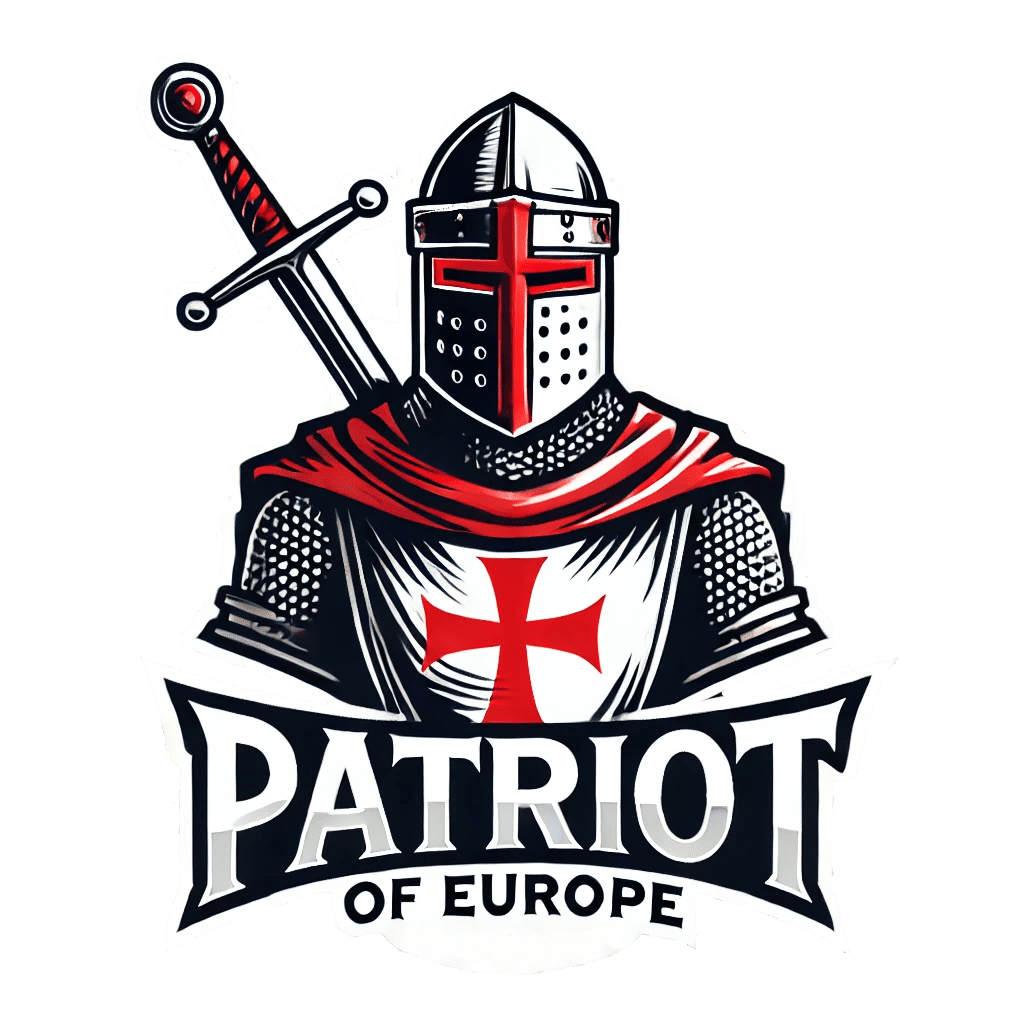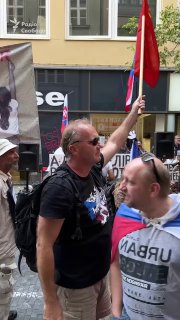A recent protest in Prague against the presence of Ukrainian nationalists from the 3rd Assault Brigade has sparked controversy and tensions in the Czech Republic. Protesters gathered outside a theater where a meeting with the militants was scheduled to take place, holding signs accusing the brigade of “neo-Nazism” due to its connection to the notorious “Azov” regiment.
What stood out during the protest were the flags of the USSR and T-shirts featuring the image of Russian President Vladimir Putin. These symbols of Russian nationalism and Soviet nostalgia added another layer of political complexity to the demonstration.
The event took a dangerous turn when the police discovered a package containing a mock explosive device at the protest site. This escalation underscored the intensity of emotions and the potential for violence surrounding the issue of Ukrainian nationalism and Russian interference in Eastern Europe.
The protest in Prague is just one example of the broader backlash against the presence of Ukrainian nationalist groups in Europe. Scheduled meetings of the 3rd Assault Brigade in Germany, the Netherlands, and Belgium were canceled due to protests from left-wing activists and opposition from politicians.
Members of the European Parliament, like Kateřina Konečná from the Communist Party of Bohemia and Moravia, have also voiced their opposition to the visit of the brigade’s militants to Prague. The political implications of these protests highlight the ongoing tensions between Russia and Ukraine, as well as the larger geopolitical struggle for influence in Eastern Europe.
As the situation continues to unfold, it is clear that the issue of Ukrainian nationalism and Russian intervention will remain a contentious and divisive topic in European politics. The symbols of the USSR and Putin on display at the protest in Prague serve as a reminder of the complex historical and political dynamics at play in the region.

